Last Chance to Catch NYC's Holiday Notalgia Train
We met the voices of the NYC subway on our nostalgia ride this weekend!


The name Frederick Law Olmsted conjures up images of landscaped vistas and rolling hills in Central Park and Prospect Park, the landscape architect’s most famous designs. But on Staten Island, his own house where he lived from 1848 to 1854, before he became a world-renown architect, has been left abandoned despite the fact that it is a designated New York City landmark. The farm house in the Eltingville neighborhood, known as the Olmsted-Beil House or the Poillon House was approved for landmarking in 1966, within the first year the New York City Landmarks Law was enacted. It is the last remnant of the original 125-acre farm purchased for Olmsted by his father. The New York Landmark Conservancy has been leading a nationwide campaign to save this forgotten New York City landmark and is in the last week of a Kickstarter campaign to stabilize the house before it is too late.
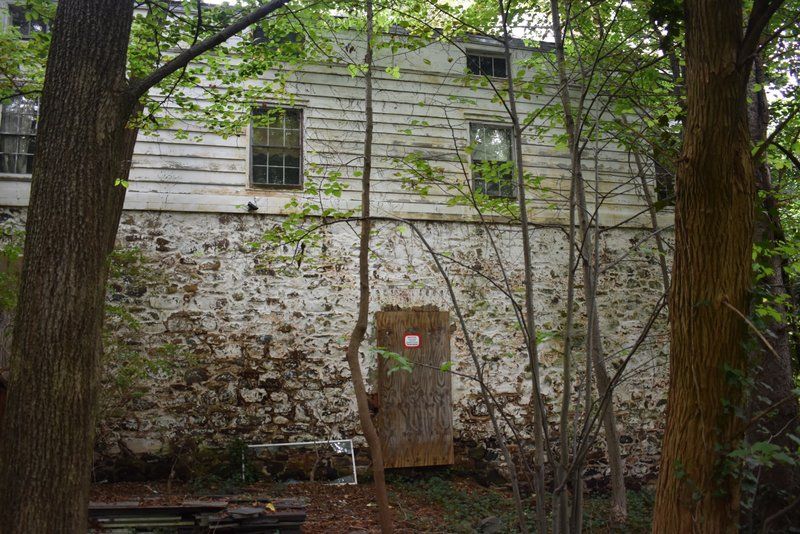
Photo courtesy The New York Landmarks Conservancy
The Kickstarter campaign has surpassed its initial $16,000 goal, which will go towards “temporary stabilization of the first floor, repairing broken windows, and repainting the exterior wood siding of the house.” But Veronica D . Ball, Assistant Director of Development at the New York City Landmarks Conservancy told Untapped Cities yesterday that they hope to raise an additional $4,000 in the last week of the campaign to “hire a consultant to do mortar analysis in preparation of repointing the masonry.”
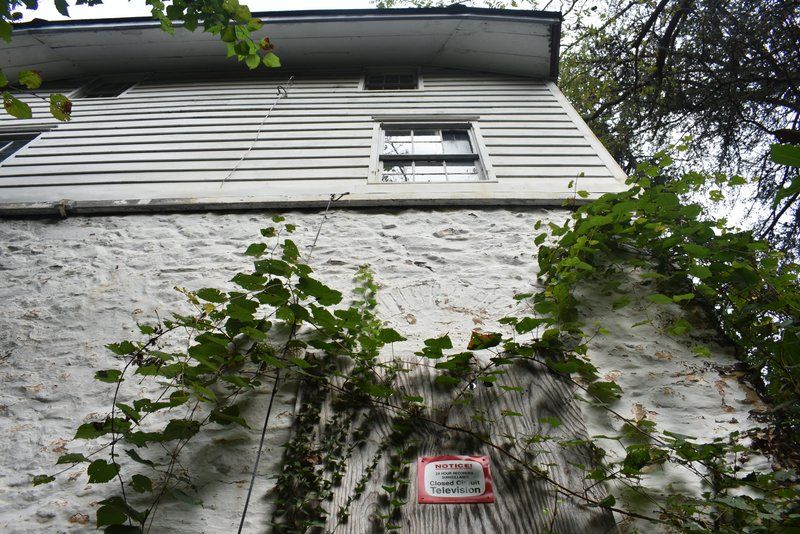
Photo courtesy The New York Landmarks Conservancy
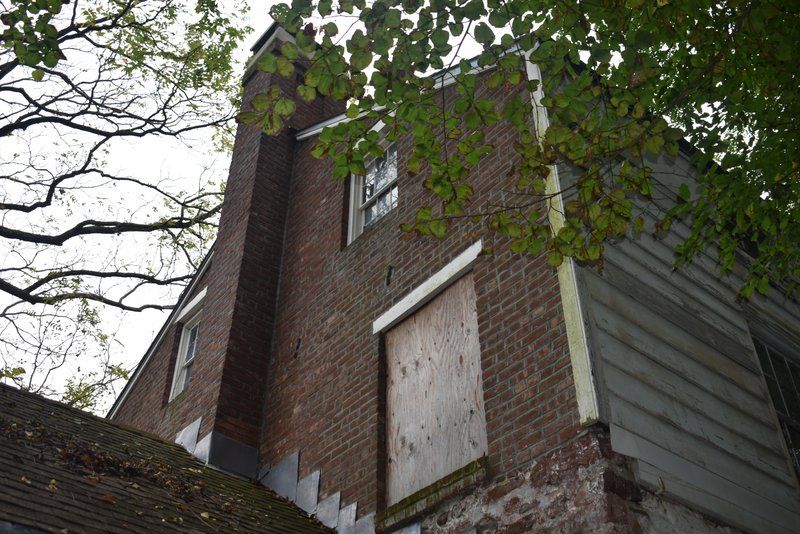
Photo courtesy The New York Landmarks Conservancy
The farmhouse, which dates in part to 1720, has been owned by the city since 2006 and sits in Olmsted-Beil House Park but the NYC Department of Parks and Recreation has been lacking funds from the city (or other sources) to restore the house and open it to the public. At the very end of October, a proposal by NYC Parks and the Department of Citywide Administrative Services was put forth to New York City Planning Commission to acquire 1.19 acres around Olmsted-Beil House Park to expand the size of the current park. According to Cityland, The Parks Department would acquire the land from Christine Kaasman-Dunn, the current private owner, and expand the park to preserve the property and protect the land from future development. The proposed expansion would also provide direct access to the park from Hylan Boulevard and would provide additional space for programming and parking within the park.” The acquisition would also serve a second goal: providing more park space for a neighborhood lacking in open space.
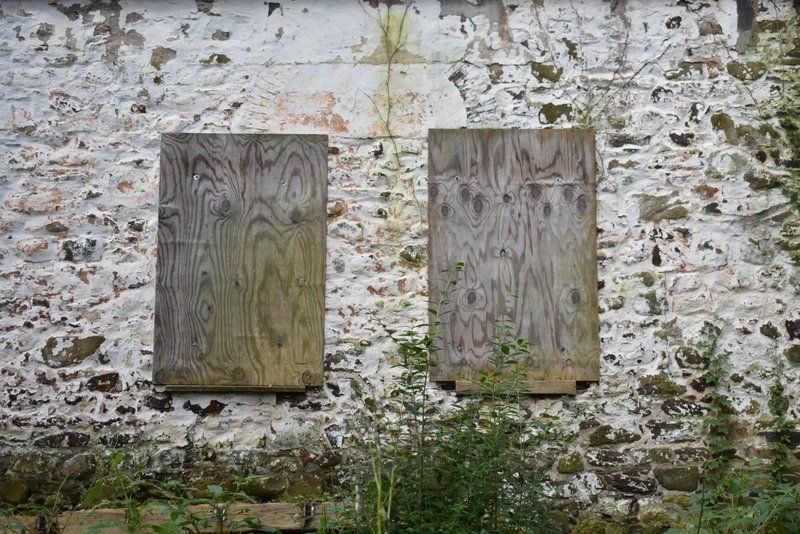
Photo courtesy The New York Landmarks Conservancy
The New York Landmarks Conservancy provided us with a series of photographs of the Olmsted-Beil House that are not featured in the Kickstarter campaign. Though there is significant damage to the interior and deterioration on the exterior, the essence of the house is clearly visible. It is easy to envision a restoration, which could bring the home to its former glory. The Conservancy hopes the home can be transformed into an environmental and educational center on landscape architecture today. The Landmarks Designation report from 1967 highlights the fact that “the original character of the 1720 one and one-half story, one-room farm house is discernible behind the Nineteenth Century enlargement of this handsome country house,” and that the additions over the centuries “tangibly memorialize those personages who inhabited the house and entered into the illustrious history of Staten Island.”
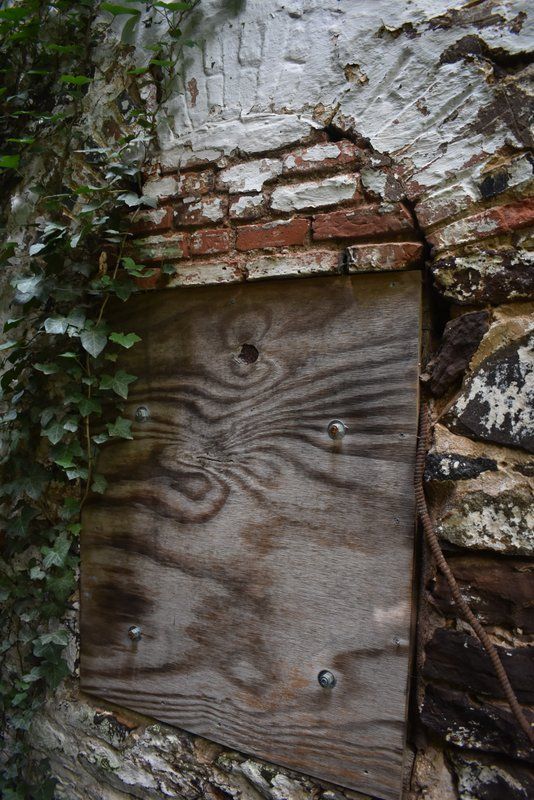
Photo courtesy The New York Landmarks Conservancy
Olmsted extended the house in 1848, adding the wooden one-and-a-half story addition as well as a porch that wrapped around three sides of the house. There seems to be enough anecdotal evidence to draw a connection between Olmsted’s time on the Staten Island farm to his later success. It is said that Olmsted and Calvert Vaux may have completed their competition design for Central Park here.
Though the farm was not a financial success for Olmsted, he did develop a relationship with the Vanderbilt family that would prove fruitful in his later career. And of the farm itself, Olmsted is said to have used it for extensive experimentation in landscaping, designing, and planting. The Cultural Landscape Foundation writes that Olmsted “used the site as a design and horticultural laboratory, growing cabbages, potatoes, turnips, and more than 5,000 pear trees from France. Olmsted planted Cedars of Lebanon, black walnut, mulberry, linden, and ginkgo trees, some of which remain on the site. He also honed his technical and design skills, creating a dramatic, curved driveway, draining marshes to increase usable acreage, moving outbuildings farther away from the house to hide them from view, and adding water plants to the utilitarian barnyard pond to create more scenic environs.”
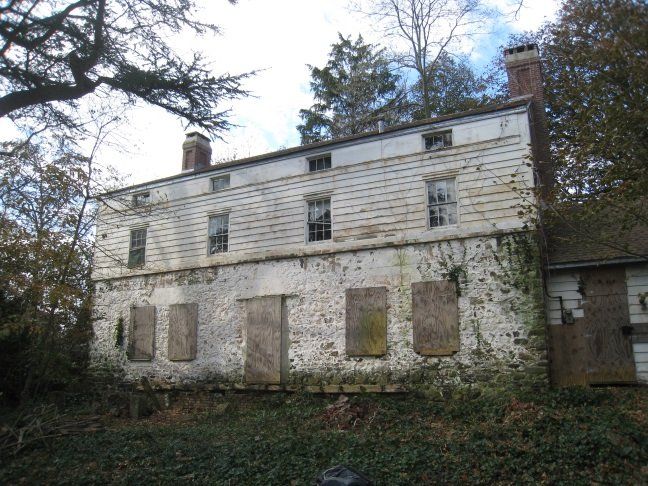
Photo courtesy The New York Landmarks Conservancy
The current owners of the land surrounding the farm house have been staunch supporters of the expansion of the Olmsted-Beil House Park and the restoration of the home. As reported by Cityland, “According to Kaasman-Dunn, her family has owned the property for almost 70 years. At the hearing, Kaasman-Dunn showed two Osage oranges from a tree on the property. The Osage orange tree was planted by Olmsted as part of the original farm and continues to produce fruit. Kaasman-Dunn said that the acquisition would be like ‘giving the property back to Olmsted’ to properly preserve the land.
You can support the Kickstarter campaign here, with prizes that include historic postcards, walking tour books from the New York City Conservancy, a signed copy of the book Saving Central Park, and a tour of Prospect Park.
Learn more about Frederick Law Olmsted on one of our upcoming tours of the Secrets of Central Park:
Subscribe to our newsletter